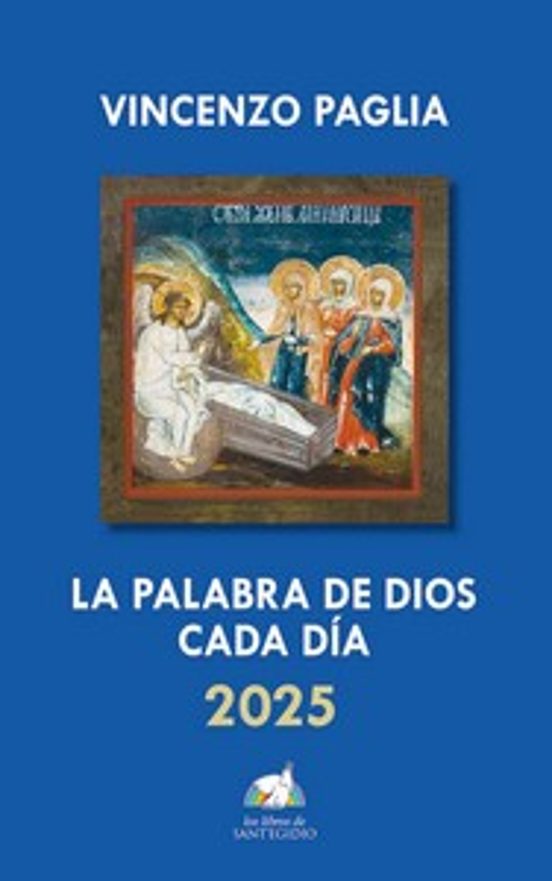The death penalty: A reprieve (The Economist 14 Feb 2015)
DOES the death penalty deter crime? Benjamin Rush, one of America’s founding fathers, did not think so. Alongside Benjamin Franklin he helped reform Pennsylvania’s harsh penal code. By 1794 Pennsylvania limited the death penalty to cases of first-degree murder; in 1834 the state led the nascent nation in ending public executions. Today Pennsylvania took another big step closer to doing away with capital punishment altogether.
Tom Wolf, the state’s new Democratic governor, has announced a moratorium on all executions until he reviews a forthcoming report from a committee created in 2011 to research the matter. Terrence Williams, who was scheduled to die on March 4th, has been granted a temporary reprieve. Mr Williams was sentenced to death in 1986 after being convicted for murder. Having filed a number of appeals, he has sat on “death row” for nearly three decades.
He is far from alone. There are 186 inmates on death row in the Commonwealth of Pennsylvania. Only Alabama, California, Florida and Texas have more prisoners awaiting execution. Pennsylvania’s governors have signed 434 death warrants since 1976, but only three prisoners have been executed in the state since then, and only one since 1999.
If the death penalty is so rarely used, why have it at all? A number of states are asking this question. Concerns that the punishment is meted out unfairly or in a way that is painful to prisoners inspired Colorado, Oregon and Washington to halt the practice over the past few years. Eighteen other states have abolished it, most recently Maryland in 2013. New Hampshire nearly put an end to executions last year. Some suggest California, which has the most death-row inmates, could be next. A federal judge called the state’s death-penalty system “unconstitutional” and “completely dysfunctional” in July 2014. (Here we argue why it should be abolished.)
Mr Wolf claims to be sure of Mr Williams’s guilt. But there is always a risk that an innocent prisoner will be executed. Five people on death row were exonerated each year, on average, between 2000 and 2011. Six were exonerated last year alone. In Pennsylvania six death-row inmates have been found innocent since 1976. One, Harold Wilson, was exonerated within days of being executed. Another, Nicolas Yarris, was finally set free after two decades on death row.
Pennsylvania’s capital sentencing system is “error prone, expensive, and anything but infallible,” says Mr Wolf. The governor is also worried that race and poverty play too big a role in how prisoners are sentenced. Two-thirds of Pennsylvania’s death-row inmates are racial minorities, and most of them are poor.
Most Americans still support the death penalty, but that number is falling, from 80% in 1994 to 60% in 2013, according to Gallup. Voters increasingly say it would be better to punish murderers with life in prison without parole. Stories of botched executions have encouraged this shift. Because a number of companies have refused to sell drugs to be used to kill people, several states have been experimenting with the chemicals in their lethal injections. In some cases, the effects have been gruesome. When Clayton Lockett, a convicted murder in Oklahoma, was given a cocktail of potassium chloride, midazolam and vecuronium bromide in April 2014, he writhed and groaned in pain, dying from a heart attack 43 minutes later. In January the Supreme Court agreed to hear a case challenging three pending executions in Oklahoma. The inmates contend that Oklahoma’s drug cocktail violates the eighth amendment’s ban on cruel and unusual punishments.









